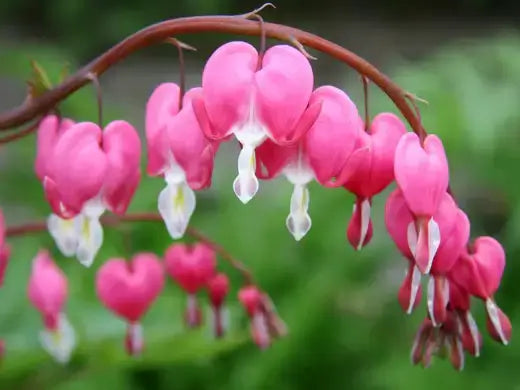We have an imposing list of many favorite perennials and plants found in the flower beds of homeowners and office courtyard gardens as well. Most of these can be found at the Tennessee Wholesale Nursery. Look at the rest of this website for a sneak peek at what they offer.
What Are Perennial Plants?
Perennial plants can thrive for more than two years at a time. During that period, the plants that produce lovely flowers will continue to do so every year. Those that do not flower will still be hearty and full of life over the years of their lives. A lot of people might not realize this, but technically, shrubs and trees are also considered to be perennials.
What Makes Perennials Different From Annuals?
With annuals, the plants typically survive for one growing season only. After that, they tend to die off. Perennials have a shorter blooming period than annuals. As we have been discussing, perennials have a shorter period for which they bloom. Your choice becomes, do you want a heavier volume of floral growth, or do you want to replant them every year? Most gardeners favor a combination of the two.
How Many Years Will Perennials Last?
That depends upon the specific variety. There are scores of different varieties of perennials. Some are short-lived perennial plants that only live for three or four years. Examples of these are delphinium and lupines. Some perennials live for fifteen years or more, while some, like peonies, can thrive for the lifetime of the home or office flower beds.
The blooming period for perennials tends to be quite a bit shorter than the plant's lifespan. They can range from two weeks to three months. It is not necessary to supply the flower beds with plant food; however, no harm is done if you choose to do it.
Do All Perennials Produce Flowers?
Perhaps surprising to many folks, it is NOT accurate to say all plants yield flowers. Indeed, hundreds of types do not produce flowers at all. Some of these non-flowering plants look marvelous mixed into gardens alongside those that do flower. For the record, plants that flower are called angiosperms. Things like this do not have steadfast rules. Instead, it is entirely at the whim of the garden owner.
Examples of Perennial Plant Life
Some varieties can thrive in any natural setting. Some require lots of sunshine, some require mostly shade, and many more can handle either. Your nearest nursery should be able to specify which types are perfect for your garden. Below are some examples of perennials.
- Black-eyed Susans
- Daylilies
- Hostas
- Peonies
- Clematis
- Shasta Daisies
- Coreopsis
- Dianthus
- Rose lilies
- Jasmine
- Butterfly weed
- Ferns
- Oriental poppies
- Bleeding hearts
Where Can Perennials Be Purchased?
One source is the owner of this website, TN Nursery. Even if you do not reside within their region, you can make purchases online. Look at the perennial for sale section to see the best buys during the current season.
It is also possible to learn a lot from TN Nursery. They can give you guidance as to which plants are perfect for where you live and your lifestyle. Are you a casual gardener, an enthusiast, or prefer to have a service come in and do it? TN Nursery can ensure you get the right plants. With this information, you can start or enhance your flower beds today!

